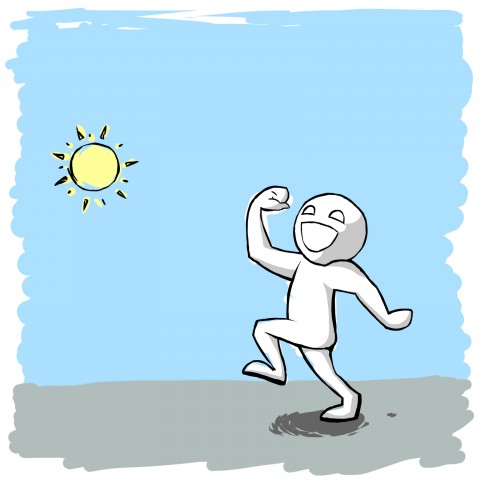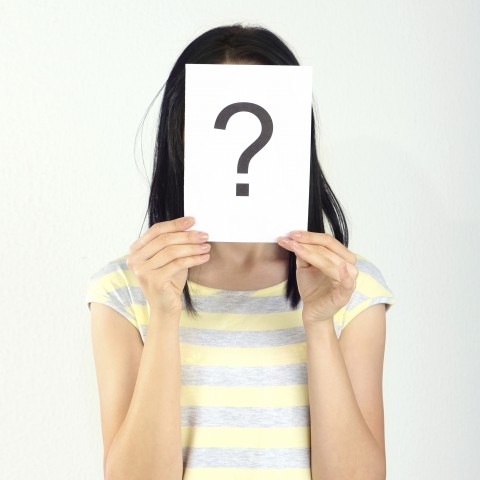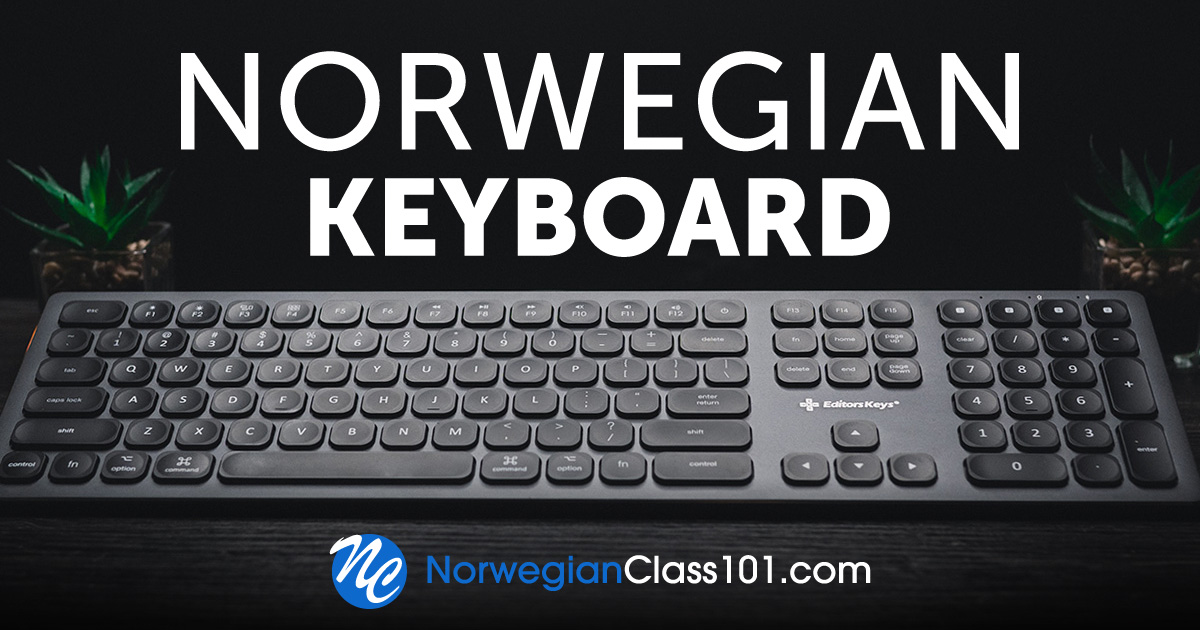
Do you talk with strangers?
If you’ve been to Norway before, or are currently in Norway, you’ve probably noticed that the Norwegian people are pretty informal and casual overall. That is, when you actually get to know them.
Norwegians are known for seeming cold towards strangers. Even after you’ve mastered saying “my name is,” in Norwegian and other introductory sayings, it’s normal to not know the name or age—or anything—about a person you’ve taken the bus with over multiple years!
If you do approach a stranger, there’s a big chance you’ll get a strange look instead of a friendly smile. However, this doesn’t mean that Norwegian people are actually cold. Yes, the weather might be cold. But as a people, Norwegians are warm and friendly.
If you’re in Norway for business, you’ll quickly understand that the hierarchy present in other countries doesn’t exist in Norwegian workplaces, for the most part. It’s not unusual to address your boss similar to how you would a friend. Still, Norwegians have formal ways of speaking and writing, but in daily life it’s not commonly used.
This article will teach you the common and natural ways of introducing yourself in Norwegian. Like in all languages, there are different greetings and ways to introduce yourself, depending on the situation and environment you’re in. They might even change depending on where in the country you are! Don’t worry about this, though, as you’ll be understood no matter where you are in Norway by the time you finish our article!
Table of Contents
- How to Greet Others in Norwegian
- How to Use “How are You?” in Norwegian
- Asking and Saying Your Name
- Asking and Saying Your Age
- Asking and Telling Where You’re From
- Saying Why You’re in Norway
- How NorwegianClass101 Can Help You Learn Even More Norwegian!
1. How to Greet Others in Norwegian
Greetings in Norwegian are usually informal and friendly. There are many ways to greet others in Norwegian, and here we’ll go through some of the more common ones. Most of them have longer and shorter versions, and the shorter ones are more friendly and natural to use. For the most part, it’s recommended to use the informal greetings unless you’ve just met each other.
In the following sections, we’ll go over some common greetings and how they’re used; when introducing yourself in Norwegian, grammar is important for even the simplest greetings.
1- Greeting Friends and Acquaintances
When greeting friends, this is mostly done the informal way. However, as mentioned earlier, there are both longer and shorter versions of most greetings. Here, the longer version is formal, while the shorter one is informal. Also take note that greetings change depending on the age of the person you’re talking to. This is not a rule, but if you speak with older people, you’ll notice that they often use the formal way of greeting.
Let’s take a look at a greeting mostly used with older or adult people you don’t know yet.
Formal Greeting
Hei, hyggelig å møte deg! “Hi, nice to meet you!”
Informal Greeting
Hei, hyggelig! “Hi, nice to meet you!”
Both of these greetings mean the same thing. The formal greeting translates directly in English, but the informal greeting translates directly to “Hi, nice!” These two greetings are usually accompanied by a handshake. Both the formal and informal greetings are polite. It’s recommended to use one of these greetings when you’re meeting people you don’t know yet, or acquaintances of friends.
Now, let’s jump into the most common ways to greet friends.
These greetings are short and simple, and will remind you of the English ways of greeting friends. Most of these are informal and casual, as it’s very rare to greet friends in a formal way. Typically, a friendly hello in Norwegian does the trick. When you learn to introduce yourself in Norwegian, vocabulary is essential; these phrases serve as excellent building blocks for more elaborate greetings!
Informal
Hei! “Hi!”
Heisann! “Hi!”
Hallo! “Hello!”
Halla! “Hello!”
Nei, er det deg? “No, is it you?”
Formal
Hyggelig å se deg! “Nice to see you!”
One of the above greetings probably peaked your interest, or maybe even confused you a little. The greeting Nei, er det deg? probably sounds strange in English. It’s common in Norway to add Nei in front of certain sentences, greetings, and goodbyes. This does not make the sentence negative. It’s used as an opening for the sentence, and is said in a happy tone. This kind of greeting with Nei in front of it is very common to use for older people, and it’s usually a fun and familiar way to greet someone.
Both Heisann and Hei mean the same thing. Heisann is just a longer way of saying it, mostly used when you didn’t expect to see your friend. Hallo and Halla both mean “Hello,” though keep in mind that Halla is more of a slang word, commonly used among younger people.
When it comes to the formal greeting, Hyggelig å se deg simply means “Nice to see you,” and is a very friendly way of greeting someone you know.
2- Greeting Colleagues
If you’re working or doing business in Norway, it’s important to note that the work environment is casual in most places. This means that the hierarchy in the workplace isn’t as noticeable as in other countries. At times, it can even be difficult to know who the boss is! Greetings in the workplace are often the same as greetings for friends, or similar to those used with acquaintances. Here’s how you’ll typically say “hello” and “nice to meet you” in Norwegian in the workplace.
Formal
Hei, hyggelig å treffe deg. “Hi, nice to meet you.”
God dag. “Good day.”
Informal
Hallo “Hello”
Hei “Hi”
A new greeting in Norwegian is mentioned here, God dag, meaning “Good day.” This is a very formal way of greeting someone and is rarely used. However, you’ll probably encounter it at least once in a workplace, and it’s normal to reply with the same greeting. The rest of the greetings are similar to how one greets friends and acquaintances.
Hei, hyggelig å treffe deg means the same as Hei, hyggelig å møte deg. The only difference is that treffe is used instead of møte. These words mean the same thing, but carry different weight. Treffe carries more weight compared to møte and therefore sounds more polite, even though both are formal.
3- Greeting Strangers
Greeting strangers in Norwegian isn’t done often. There are some places in Norway, usually more rural areas, where greeting strangers is more common. There are no special greetings for this, and the simple “Hello” or “Hi” is normal to use.
4- Greetings Depending on the Time of Day
In Norwegian, there are greetings that depend on the time of day. The times used for these greetings are morning, midday, afternoon, and evening.
A fun fact is that all of these can both be used as greetings and goodbyes. If you want to say goodbye with these greetings, you simply add Ha which means “Have,” in front of the greeting.
So, let’s take a look at more time-specific greetings. As you learn to introduce yourself in Norwegian, phrases like this are immensely helpful.
Morning – Normally used from 7am to 10am.
God morgen! “Good morning!”
Midday – Normally used from 10am to 2pm.
God formiddag! “Good morning!”
Afternoon – Normally used from 2pm to 6pm.
God ettermiddag! “Good afternoon!”
Evening – Normally used from 6pm and out.
God kveld! “Good evening!”
In Norwegian, there is a greeting for “midday” or “noon.” In English, the equivalent is “morning.” The times for when to use these greetings are not set in stone. It’s not unusual to say “good morning” if you wake up late, for example at noon or one o’clock. Just use what you feel is most natural to use depending on the time of the day. For example, some people consider the evening to start later or earlier than six o’clock.
Note that God natt, meaning “Good night,” is not used unless you’re going to bed.
2. How to Use “How are You?” in Norwegian
Something a lot of people are confused about when learning to greet people in Norwegian is the lack of the question “How are you?” When this question is used in Norwegian, it’s used as a genuine question and not just a greeting. You can ask this in a greeting, but you have to note that if you ask this in Norwegian, you will get a genuine answer. This means that you’ll have to prepare for either a positive or negative answer.
Obviously, there are always exceptions to the rule. The answer you get can depend on your relationship with the person you’re asking. If you don’t really know them, there’s a chance of you getting the polite Det går bra, meaning “I’m fine.”
However, when asking a friend, or even a colleague, you’ll usually get a long answer. If you ask someone Hvordan går det? which means “How are you?” and they’re having a bad day, you’ll hear about it. If you’re not prepared or interested in their answer, it’s better to avoid the question.
This also affects you if you’re the one being asked. If a Norwegian asks you this question, they actually wonder or care about how you’re feeling. We’ll talk more about how to answer further down.
1- How to Ask Someone “How are You?” in Norwegian
Hvordan går det? “How are you?”
Hvordan har du det? “How are you (feeling)?”
These ways of asking “How are you?” are used in both formal and informal situations. The latter, Hvordan har du det? sounds more like a personal question. Directly translated, it means “How are you feeling?” but it’s still used in all situations. The most commonly used is Hvordan går det?
2- How to Answer “How are You?” in Norwegian
Now, here comes the tricky part. How you answer this question totally depends on you and what you’re comfortable with. It’s okay to answer with a simple Det går bra, but some might take this as you being cold towards them.
Below are a few common ways to answer, depending on your mood. You’ll see that Norwegian people often start with the simple Det går bra or similar answers, but almost always add a sentence or two (or even more) about how they’re feeling that particular day.
Let’s take a look at how to start off the sentence when answering this question.
Positive
Det går bra. “It’s fine.”
Jeg har det fint. “I’m fine.”
Joda, bra her. “Sure, all good here.”
Nei, går flott her. “No, everything is great here.”
Bare bra her. “Just fine here.”
These will, and do, sound strange in English. They’re all versions of saying that you’re doing fine. If you’re a beginner in the Norwegian language, it’s best to keep to the simple ones, like the first two listed. It’s good to take note of the others, too, since you’ll hear them (and different versions of them) quite often. As you might have noticed, some of the answers are used without a pronoun (me, I).
Negative
Nei, det går. “No, it’s okay.”
Går som det går. “Goes like it goes.”
Ikke særlig bra. “Not that good.”
Nei, ganske dårlig her. “No, pretty bad here.”
Ikke noe særlig. “Nothing much.”
Like some of the positive ones, the negative responses are often used without pronouns. Note that the word går is used often. Går actually means “going/walking,” and is commonly used when explaining how you’re feeling.
Below are some examples of actual answers you can get, or even give if you want to. These use some of the words from above, but with added sentences—which is how you’ll hear the answers in the wild!
Remember that after you’ve answered, always add at least Du da? which means “You?” like you would in English.
Positive
- Det går bra her, jeg er litt sliten da. Men sånn er jo mandager! Du da?
“It’s good here, I’m tired. But that’s how Mondays are! You?” - Det går flott med meg, jeg har ferie om to uker. Hva med deg?
“I’m doing great, I have my holiday in two weeks. What with you?” - Joda, det går! Gleder meg til helgen, jeg skal ut å fiske. Og du da?
“Sure, it’s good! I’m looking forward to the weekend, I’m going out fishing. And you?” - Nei, går flott her, er jo så fint vær!
“No, it’s going great, the weather is so good!”
Negative
- Nei, det går. Sov litt lite i natt. Du da?
“No, it’s okay. I didn’t sleep much last night. You?” - Joda, veldig sliten. Trente litt hardt i går.
“Yeah, very tired. Worked out a little hard yesterday.” - Ikke så veldig bra, tror jeg begynner å bli syk. Hva med deg da?
“Not very good, I think I’m starting to catch a cold. How about you?”
3. Asking and Saying Your Name
Before you learn how to say your name in Norwegian, it’s important to know how to ask for someone else’s. If not, how will you know if someone is asking you? Asking “What’s your name?” in Norwegian is very similar to how you would in English.
Hva heter du? “What’s your name?”
Hva er navnet ditt? “What’s your name?”
Hva er navnet ditt? is informal, but of the two, the more polite way to ask. This is often used among adults or strangers. There’s also a third, less-used way of asking: Hva er ditt navn? which directly translates to “What is your name?” This is the formal way of asking, but it’s very rarely used.
Now that you know how to ask, you need to learn how to answer!
Jeg heter Anders. “My name is Anders.”
Navnet mitt er Anders. “My name is Anders.”
Again, two different ways to answer! Jeg heter is the common way of telling your name. It doesn’t matter if the person asked in a formal or informal way, you can still use this answer. You can also answer with Jeg er, which means “I am.”
4. Asking and Saying Your Age
Asking someone their age is done with a simple question, very similar to the English way. Let’s take a look at how to ask someone about their age.
Hvor gammel er du? “How old are you?”
This is the way everyone will ask for your age. It doesn’t matter if you’re family, friends, colleagues, or strangers.
Now, over to how to answer the question. You can answer in two ways.
Jeg er 30 år gammel. “I’m 30 years old.”
Jeg er 30. “I’m 30.”
Jeg er 30 år gammel means exactly the same as its English counterpart: “I’m 30 years old.” You can also choose to shorten this down, and only answer with Jeg er 30 år, omitting the gammel (meaning “old” in Norwegian). If you want, you can instead just say a simple Jeg er 30.
As you might already have noticed, or will with time, some Norwegian questions or sentences often have both a full version and a shorter version where a word or more is omitted. It can be more polite to say the full sentence, but you won’t raise any eyebrows if you choose to say the short version.
5. Asking and Telling Where You’re From
In Norwegian, there are a few ways to ask where someone’s from.
Hvor er du fra? “Where are you from?”
Hvor kommer du fra? “Where are you from?”
Hvilket land kommer du fra? “Which country are you from?”
The one you’ll get asked the most when visiting Norway is Hvor kommer du fra? Directly translated, this means “Where are you coming from?” This way of asking, as well as Hvor er du fra? is the informal way of asking. Hvilket land kommer du fra? is still informal, but it’s the most polite way to ask.
If you ask someone Hvor er du fra? there’s a chance that they’ll answer the city that they’re from, or even their nationality, as this question is used for this information as well. It can be considered rude in Norway to ask for someone’s nationality however, so in most cases, they’re referring to country or city when asking this.
So let’s take a look at how to answer this question. We’ll look at how to answer with your country and nationality, plus a combination of both.
Jeg er fra England. “I’m from England.”
Jeg er engelsk. “I’m English.”
Jeg er fra England, men jeg er fransk. “I’m from England, but I’m French.”
The first example is how you answer when you’re asked about which country you’re from. If you’re answering with a city, the sentence is the same, just switch the country with the city.
The second example is for nationality. Below, you’ll find a few examples of how to say different nationalities in Norwegian.
The third example is a combination of both. It’s possible to use a shorter version of this, which would be: Jeg er fra England, men er fransk. Here, you just omit the second pronoun. All of these examples mean the same directly translated from English, which makes them simple to remember!
1- Examples of Countries and Corresponding Nationalities
Countries
Amerika/USA “America/USA”
Canada “Canada”
Australia “Australia”
Tyskland “Germany”
Frankrike “France”
Spania “Spain”
Kina “China”
Sør-Korea “South Korea”
England “England”
Nationalities
Amerikansk “American”
Canadisk “Canadian”
Australsk “Australian”
Tysk “German”
Fransk “French”
Spansk “Spanish”
Kinesisk “Chinese”
Sør-Koreansk “South Korean”
Engelsk “English”
6. Saying Why You’re in Norway
The last thing to know when you’re learning to introduce yourself in Norwegian is how to say why you’re in Norway!
Jeg er her på jobb. “I’m here on work.”
Jeg er her på ferie. “I’m here on holiday.”
Jeg besøker familie. “I’m visiting family.”
Usually, the structure is Jeg er her, followed by the reason you’re in Norway. Jeg er her means “I’m here,” so again, it’s the same as in English! The last example shows a different structure. Here, Jeg is followed by the verb besøker. As long as you know the verb you want to use, this is also an easy sentence to use in different situations.
7. How NorwegianClass101 Can Help You Learn Even More Norwegian!
As mentioned throughout this article, there are multiple ways of introducing yourself in Norwegian. If you’re a beginner, it can seem a little overwhelming, and maybe even scary. However, practice makes perfect! Using this article as a reference can really help you when it comes to introducing yourself in Norwegian and making conversation.
You can also check out NorwegianClass101 if you want to learn more Norwegian. Here, you can find in-depth articles that will help you on your way to learning the Norwegian language. Maybe you still want to learn more about Norwegian greetings? Then you can take a look at our blog post about greetings to get a better and more in-depth understanding of the different greetings. If you want to know how to say your age, we have an article all about the numeric system in Norwegian, as well.
NorwegianClass101 has articles for both beginners and advanced users, so no matter where you are in your learning curve, you’ll find something that can help you on your way to mastering the Norwegian language.
Before you go, let us know in the comments how you feel about self-introductions in Norwegian! Do you feel more confident now, or are you still struggling with something? To practice, write us a self-introduction in Norwegian language in the comments. 🙂 We look forward to hearing from you!



















